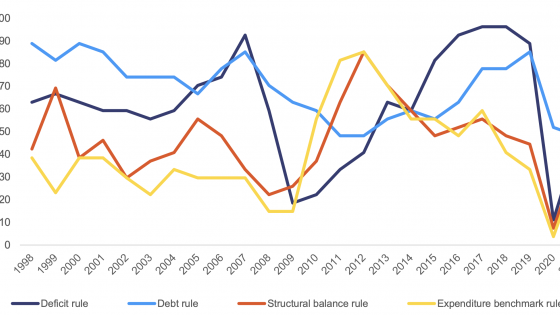DP1589 Sequencing and the Size of the Budget: A Reconsideration
Conventional wisdom argues that spending levels and, by extension, budget deficits will be higher for governments using bottom-up instead of top-down methods of budgeting. Ferejohn and Krehbiel (1987) appear to debunk this argument. They indicate that the superiority of one method over the other in lowering the size of the budget depends on the distribution of the spending preferences of the policy-makers. These authors do not consider two problems that top-down budgeting is intended to solve: policy-makers who value a large budget as a goal in itself; and policy-makers who do not consider fully the cost of the spending programmes they support, which leads to the ?common pool problem?.
We add such players to a framework meant to parallel Ferejohn and Krehbiel?s model. We find that, contrary to conventional wisdom, bottom-up produces smaller budgets than top-down if players seek to maximize dimensions of spending relevant to their constituents and if their ideal budgets are close to one another. At the same time, the order of the vote per se does not reduce the size of the budget when there exists a common pool problem. An agenda setter can provide the necessary coordination to force politicians to consider the full tax implications of their spending decisions. Supporters of top-down budgeting may therefore confuse added centralization with the order of the vote on the budget. The second part of this paper provides a reinterpretation of the US budgeting experience in the post-war era based on this insight.


